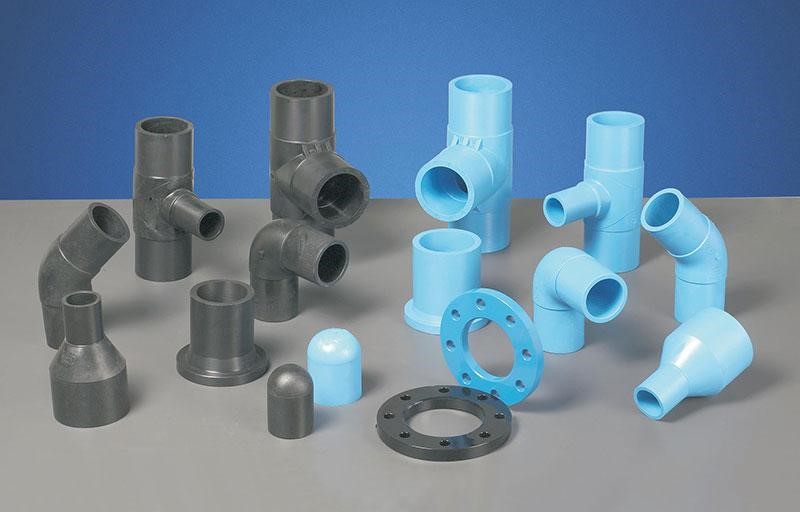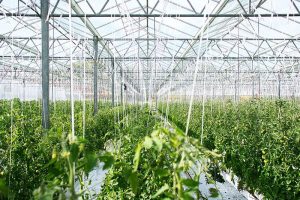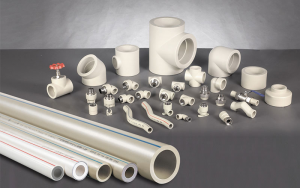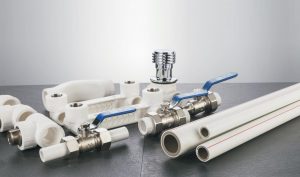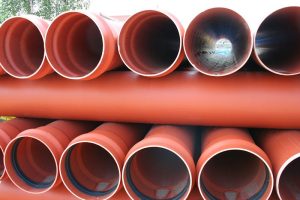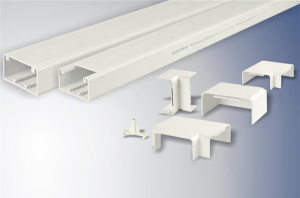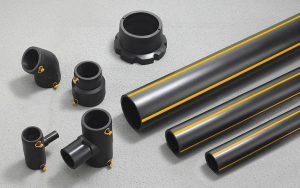Table of Contents
The butt-fusion technology is of immense usefulness in the construction and piping industry. A butt-fusion process involves the simultaneous heating of the ends of the pipes or components and their joining.
Once a molten state of the end of the components/pipes is obtained, the ends are joined together and provide for a continuous contact and flow surface. Engineers and construction companies can create elongated pipe lengths and surfaces through the use of the procedure. The process for fusion welding of polyethylene pipes enhances the usefulness of the pipes, and other kinds of components as well, in varying circumstances.
A Controlled Manufacturing Environment
A butt-fusion process is carried out for a specified heating and cooling time. Controlled pressure is applied to ensure the quality of the joints and for providing it adequate strength. At the end of the process, a homogenous fusion joint of the pipes or the components is obtained.
The new joint and the assembly can provide the same performance the original pipes and components would provide under pressure. These joints are also resistant to loads. An electric heating plate is used for heating the surfaces and the ends of the pipes. This plate can raise the temperature of the components or pipes to the requisite fusion temperature.
Butt-Fusion for the PE Pipes and the Advantages/ Benefits
The application of polyethylene or PE pipes has increased manifold in the construction sector and industry, due to its low cost, versatility, corrosion resistance, and other qualities and properties.
The butt-fusion technology can also be used to join PE pipes (including the PE 180 and PE 100 pipe materials). The technology is usually used for pipes having a size of at least 90 mm and a maximum of 1000 mm. Some new and sophisticated butt-welding machines are also being used by the leading manufacturers nowadays.
These machines can better control the fusion and joining process and can apply the various welding parameters accurately. Controlling the parameters of the fusion ensures that the pipe and the joints do not fail in any condition. Some of the control parameters include:
- Width of the bead
- Alignment
- Ovality
- The temperature of the heater plate
- Changeover time
- Heat soak time
- Pressure between the interfaces
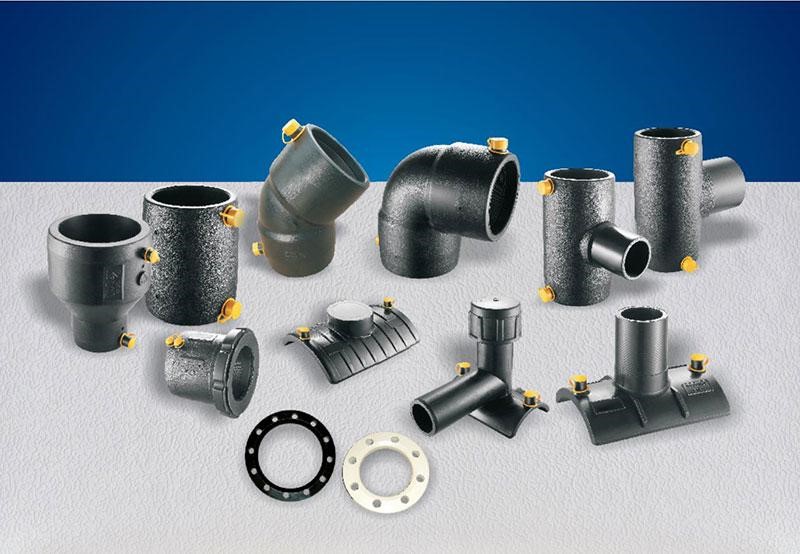

Important Considerations for Effective and Reliable Butt-Fusion/Butt-Welding
Apart from the control parameters (of the fusion process), certain other field conditions may also lay an impact on the quality, effectiveness, and reliability of the butt joints. To obtain a reliable butt-joint, the below-given conditions should be achieved.
Cleanliness
Cleanliness is important as dirt and other undesired substances can spoil the joints and reduce their strength.
Competence and Skills
The leading manufacturers of butt joints employ certified and trained technicians for producing the fusion welding polyethylene piping systems and the butt joints.
Accuracy
Any equipment and machine used in the manufacturing of butt joints and the piping systems should be well maintained. Maintenance ensures that accurate welding procedures are followed and appropriate welding temperatures are obtained. The reliability of the pipe-facing tools is of utmost importance for good quality joints and welds.
Accuracy
Any equipment and machine used in the manufacturing of butt joints and the piping systems should be well maintained. Maintenance ensures that accurate welding procedures are followed and appropriate welding temperatures are obtained. The reliability of the pipe-facing tools is of utmost importance for good quality joints and welds.
As we can see the butt-fusion and welding procedure carried out at the professional and leading manufacturing facilities is well-controlled and is followed under expert and well-trained supervision. These factors and aspects ensure that the piping systems and the butt joints do not fail during operation or installation, and can withstand any loads applied.
The Regulatory Environment
Different regulatory agencies and institutions may regulate the different building and construction processes and material procurement. In the USA, the Department of Transportation (DOT) issues the regulations for the butt-fusion and the welding procedures. For instance, following the DOT regulations, all the manufacturers of PE systems and butt-fusion joints must have their manufacturing processes conforming to the written procedures and regulations issued by the department.
These procedures may provide for the production of high-strength gas-tight joints. Regulations also require that companies only employ qualified operators for the process, who are aware of the written procedures issued for the operators.
Details of the Butt-Fusion Process
As stated earlier, the butt-welding and butt-fusion process for the PE joints as well as the other components is carried out under a controlled environment. The operations at the best manufacturing facilities also conform to the regulatory standards. Some of the important steps of the butt-fusion procedure are described in brief below.
- The PE pipe is initially installed inside a welding machine. The use of non-depositing alcohol at the ends of the pipes ensures that all moisture, dirt, and greasy substances are removed. The zone for removal of dirt from the ends of the pipe is approx. 75 mm. The cleaning is carried out both inside as well as outside of the diameter face.
- A rotating cutter is used at the end of the pipes. It removes the oxidized layers and the rough ends. In the end, the parallel, square, and trimmed end-faces are obtained.
- A heater plate is used for applying heat, under a pre-designated pressure point. Once the requisite even heating temperature (at the appropriate pipe fusion heating time) is obtained at the end of the pipes, the contact is removed. Pressure is reduced at this point up until the heat-soak pressure is obtained. After the soak time is over, the contact is removed.
- Once the heating plate has been removed and the pipes have been retracted, the ends of the pipes are brought together. Uniform pressure is applied and also maintained for a certain period. Welding or the joining of the pipes and their ends takes place during this period. The fused joints are subsequently cooled for some time until they reach an ambient temperature. Joints are not disturbed during this period and are under compression. Once the period is over, the joints emerge in their full strength and capability. However, at no point in time are the joints sprayed with cold water.
Summary
The butt-fusion and welding process, as carried out by leading manufacturers of piping systems (including LESSO) provide for high-strength welds and butt-fusions that can sustain high amounts of longitudinal loads. The homogenous joints possess the same properties as the original PE pipes, and their functionality and capability are only improved at the end of the process. The robust and accurate pressurizing and alignment processes at Lesso can produce the requisite tolerances.
LESSO is also an ISO-certified company and its manufacturing processes and products conform to the standards issued by the regulatory bodies of the USA as well as those of Europe and Canada. Construction clients and other customers can also customize their orders and can ask for specific colors.
Recommend Reading
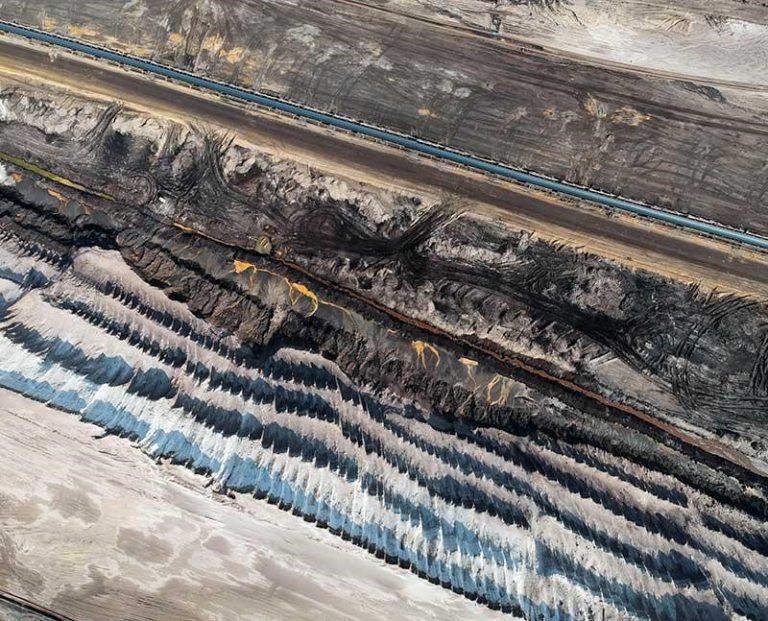

HDPE and PE Pipes Use in Mining Industry
Table of Contents HDPE Plastic pipes are widely employed in the mining industry due to their unique characteristics. The pipes are flexible, resistant to abrasion,
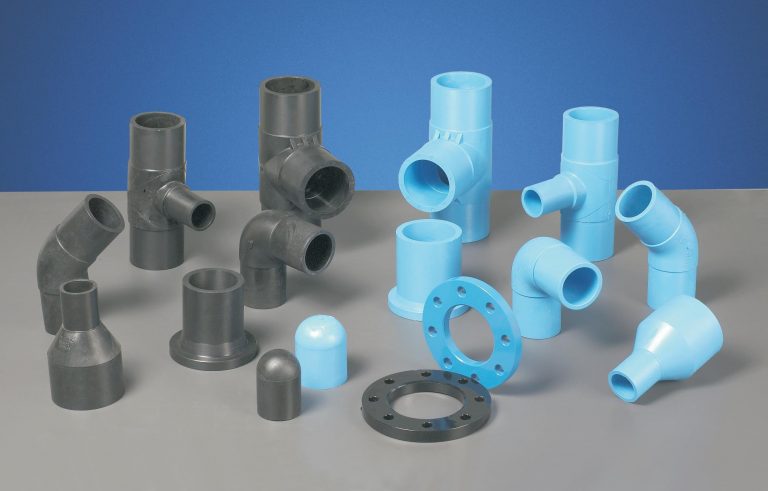

What does PE Mean in Pipe?
PE Pipe is used around the world in a variety of projects. Since the 1950s, this type of pipe has offered significant advantages to project


